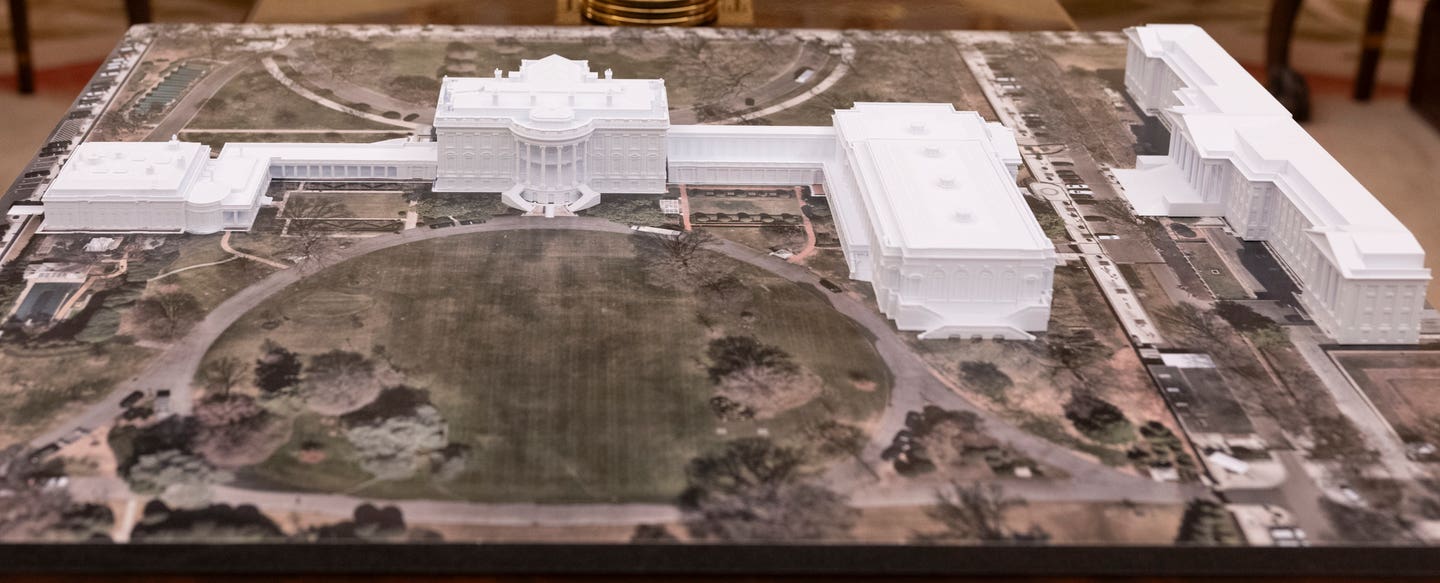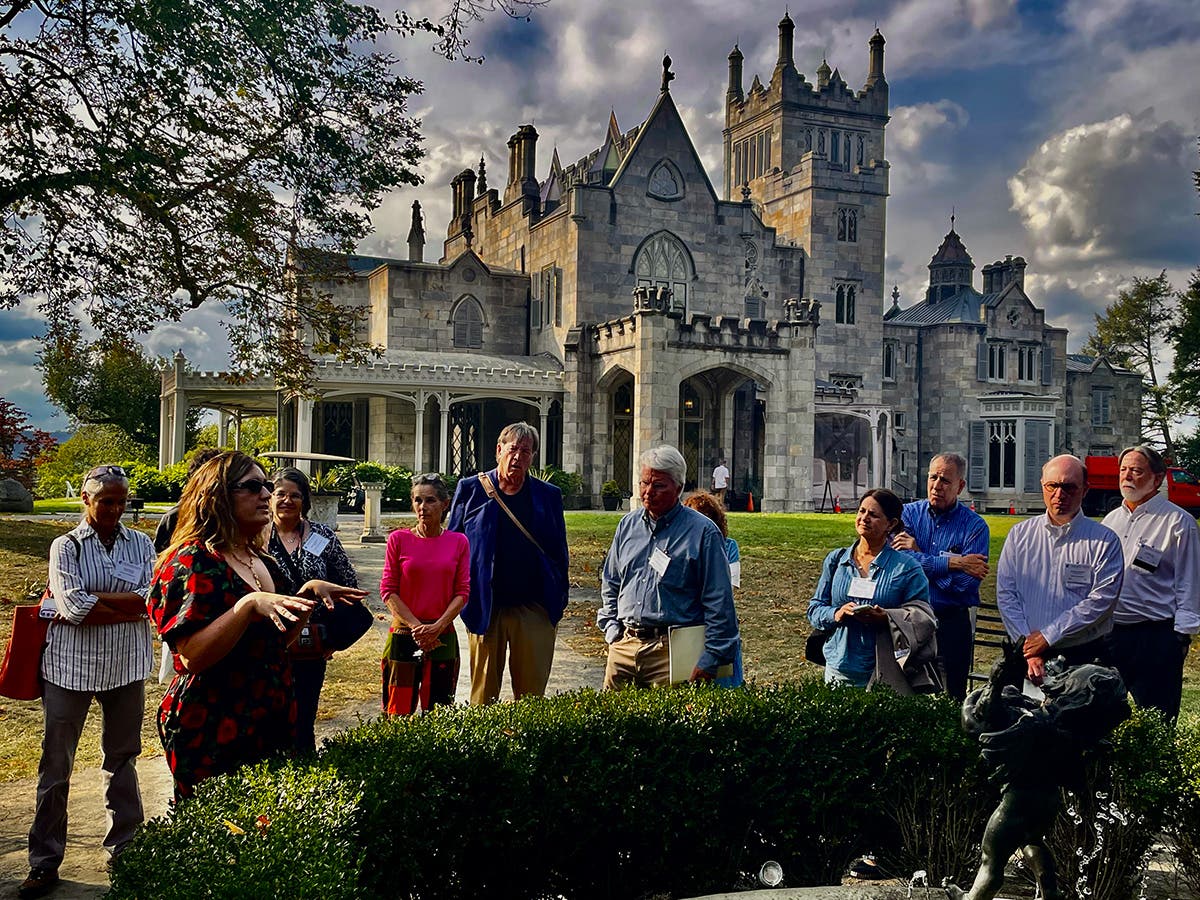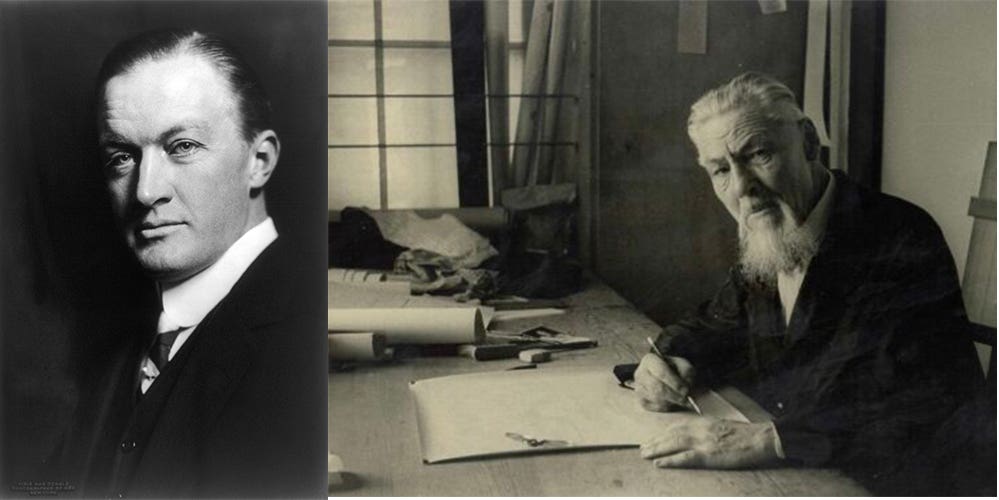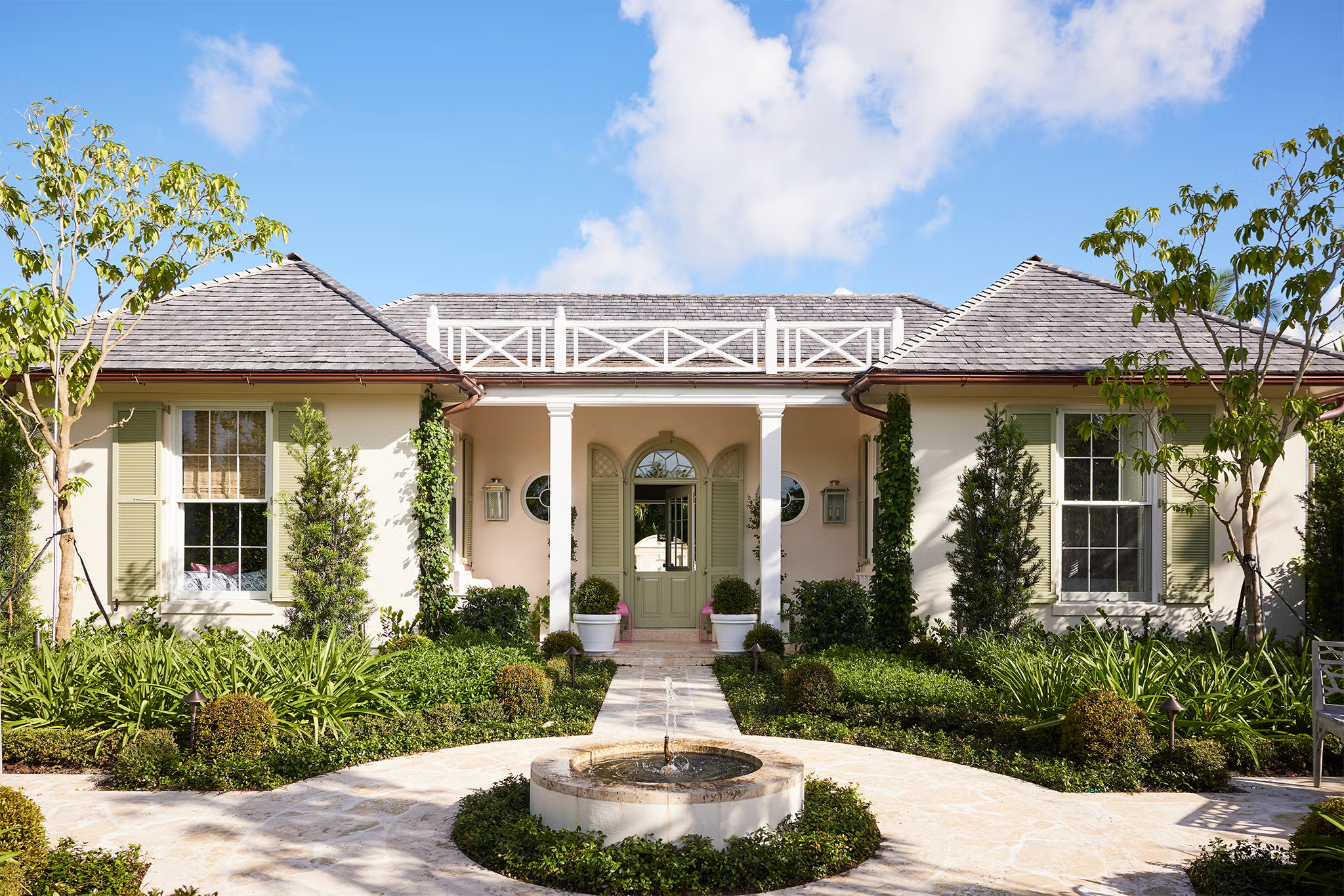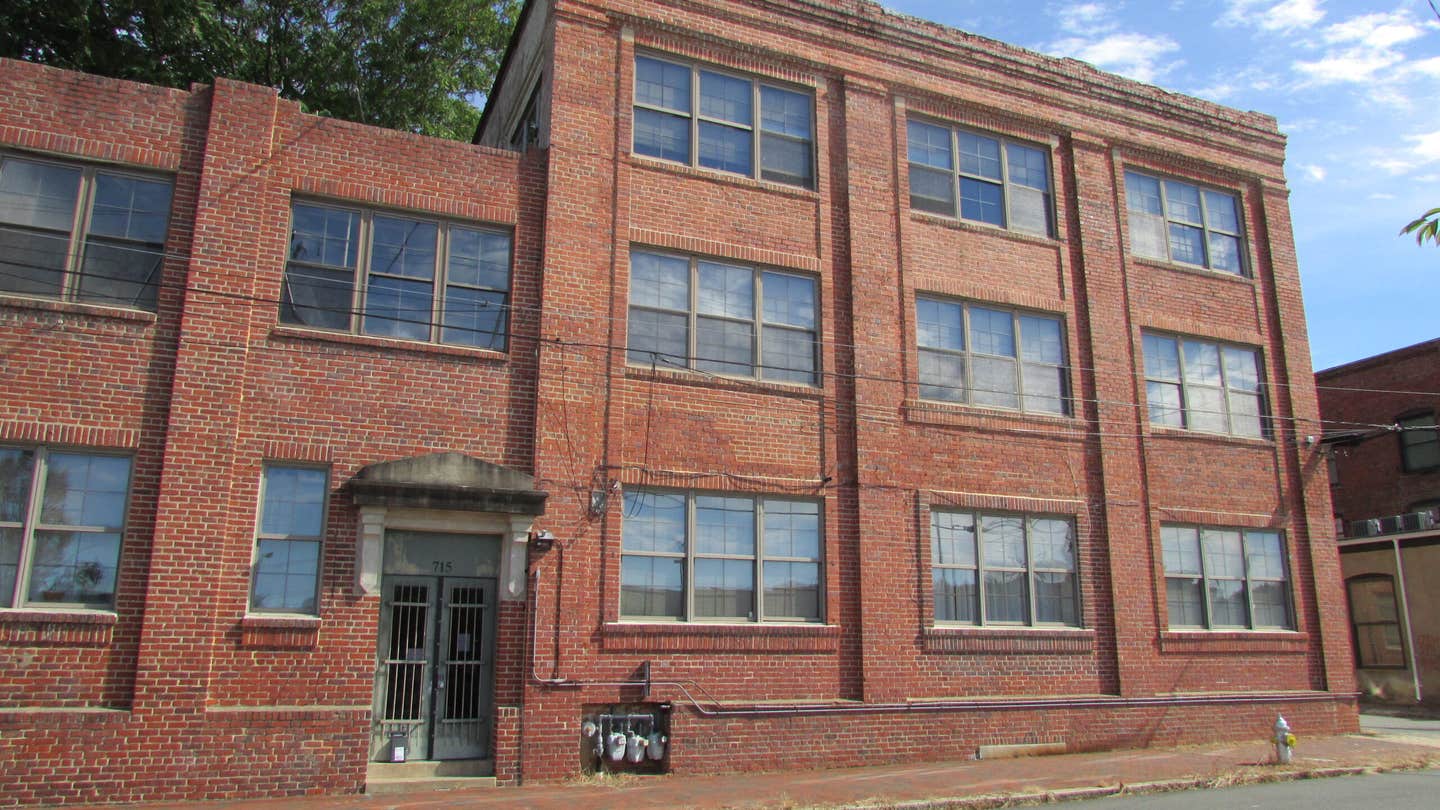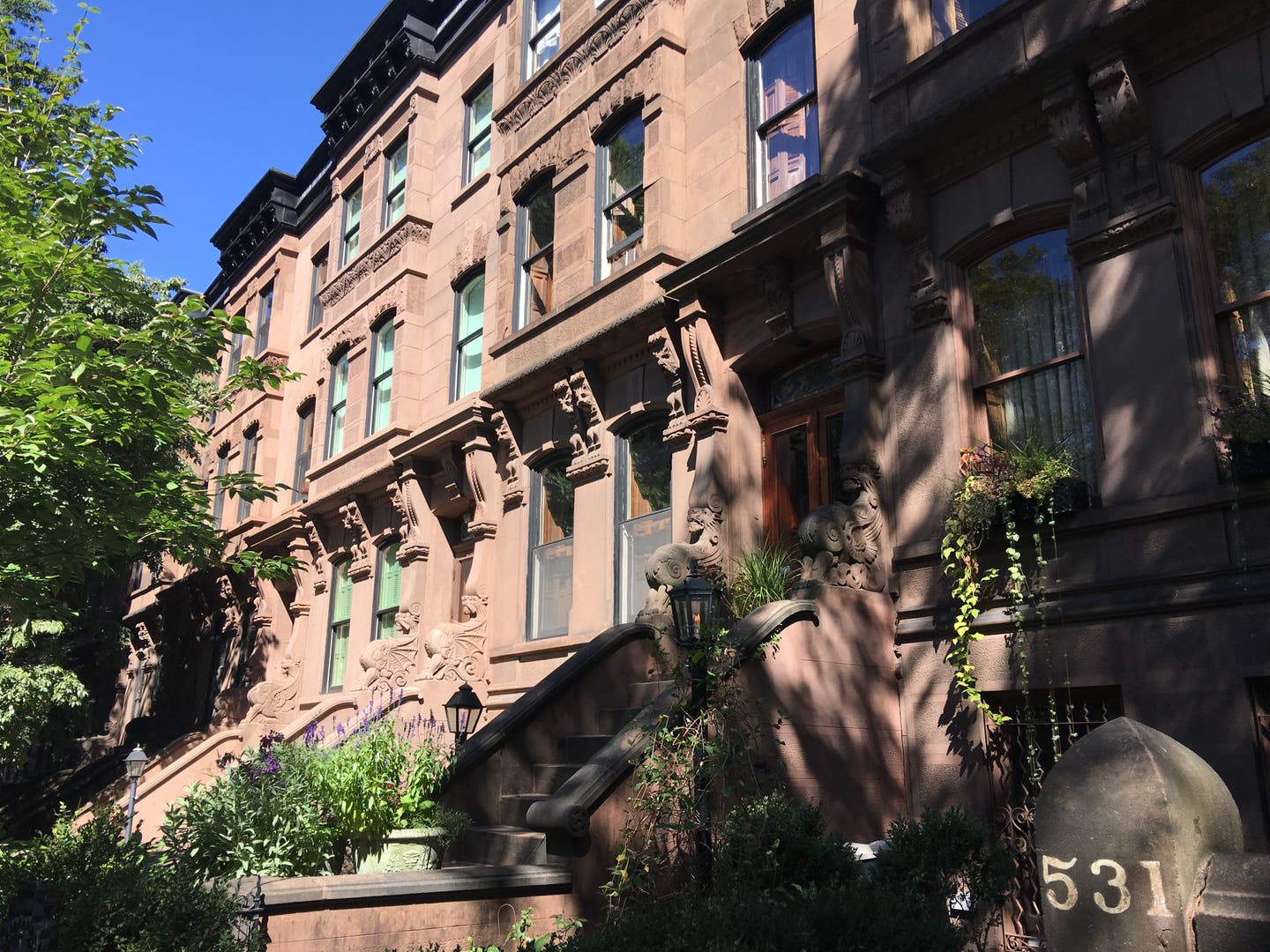
Peter Miller
The National Trust Conference and Old House Markets
Recent headlines about new home building have caused some alarm. New construction sputters against headwinds. An up-tick in mortgage interest rates has sucked the blood out of big builder stock prices. Labor shortages and regulatory hurdles have slowed home building from a gallop to a trot. All this despite strong home buyer demand.
Fast forward to “Past Forward”: The National Trust for Historic Preservation’s annual Conference is taking place in San Francisco this week, and "Saving Places”. Tax incentives, not interest rates, are the hot topic for historic preservationists. The preservation movement is gaining strong momentum by “connecting people with places.”
People have not always been the Trust’s focus. Musty historic buildings were, some with questionable historic significance. But in recent years, The National Trust for Historic Preservation’s message has evolved. Now it aims to resonate with people other than the little- old- lady in tennis shoes, standing in front of the wrecking ball. It targets millennials and minorities, with a message about community, activism, energy conservation and “fostering a creative, fair, sustainable, entrepreneurial economy.”
According to the National Trust, 97% of millennials appreciate the value of historic preservation. More than half of them are interested in historic preservation as a “means to save places that define us as Americans.” Millennials are more than twice as likely to shop or eat in historic downtowns, rather than modern malls.
“Older and historic places are essential to physical and psychological health,” the Trust exclaims. Where else can we find old houses and historic sites which contribute to our well-being? This question sent me to the U.S. Census Bureau’s American Housing Survey which provides data on our most historic cities, places with the greatest number of old houses built before 1965.
According to the Census there are 2,343,392 old houses, built before 1964, each valued at $500,000 or more. New York/Newark ranks first as the SMSA with the eldest houses: 716,229 or 9% of this market’s total housing inventory. The Los Angeles SMSA ranks second with 421,779 old houses each valued at a half a million or more, Chicago ranks third with 98,506 old houses which fit this description.
In Boston there are 158,496 homes built before 1964 valued at $500,000 each; 8% of Boston’s total inventory. Look back further than 1964 to 1900. Here, according to Realtor research, Boston has the most old houses FOR SALE.
Denver and Minneapolis are surprise markets on the Census survey with 21,143 and 22,328 fifty-year-old houses respectively. I think of Denver as a fast- growth new construction town. Miami also jumps off the Census Bureau’s page with 29,423 old houses. Cities like Philadelphia, Baltimore and Milwaukee, NOT surprisingly, are all in the top ten old-house cities.
Our friends at Unico Systems Inc. have conducted their own research about old homes and their owners. Unico shared this insight during a recent AIA accredited Traditional Building Conference Series web seminar, The Preservation-Minded Homeowner in the 21st Century. Unico surveyed their HVAC customers to match their profile with ‘look-alike’ data. Unico’s customers look a lot like preservation minded, old-house owners who are well educated, affluent, savvy consumers who do their homework when choosing products and suppliers.
Unico’s insight on how old- home owners research the selection of products and suppliers also looks like our Home Group research! “Buyers want to be informed, not sold,” is one conclusion of the research. Unico responds to this market reality with an intelligent content marketing campaign.
Unico supports National Trust for Historic Preservation initiatives, including the restoration of Lincoln’s Cottage and Ernest Hemingway's Key West retreat, two places we connect with the people who lived there.
Peter H. Miller, Hon. AIA, is the publisher and President of TRADITIONAL BUILDING, PERIOD HOMES and the Traditional Building Conference Series, and podcast host for Building Tradition, Active Interest Media's business to business media platform. AIM also publishes OLD HOUSE JOURNAL; NEW OLD HOUSE; FINE HOMEBUILDING; ARTS and CRAFTS HOMES; TIMBER HOME LIVING; ARTISAN HOMES; FINE GARDENING and HORTICULTURE. The Home Group integrated media portfolio serves over 50 million architects, builders, craftspeople, interior designers, building owners, homeowners and home buyers.
Pete lives in a classic Sears house, a Craftsman-style Four Square built in 1924, which he has lovingly restored over a period of 30 years. Resting on a bluff near the Potomac River in Washington, D.C., just four miles from the White House, Pete’s home is part of the Palisades neighborhood, which used to be a summer retreat for the District’s over-heated denizens.
Before joining Active Interest Media (AIM), Pete co-founded Restore Media in 2000 which was sold to AIM in 2012. Before this, Pete spent 17 years at trade publishing giant Hanley Wood, where he helped launch the Remodeling Show, the first trade conference and exhibition aimed at the business needs and interests of professional remodeling contractors. He was also publisher of Hanley Wood’s Remodeling, Custom Home, and Kitchen and Bath Showroom magazines and was the creator of Remodeling’s Big 50 Conference (now called the Leadership Conference).
Pete participates actively with the American Institute of Architects’ Historic Resources Committee and also serves as President of the Washington Mid Atlantic Chapter of the Institute of Classical Architecture & Art. He is a long-time member of the National Trust for Historic Preservation and an enthusiastic advocate for urbanism, the revitalization of historic neighborhoods and the benefits of sustainability, including the adaptive reuse of historic buildings.




